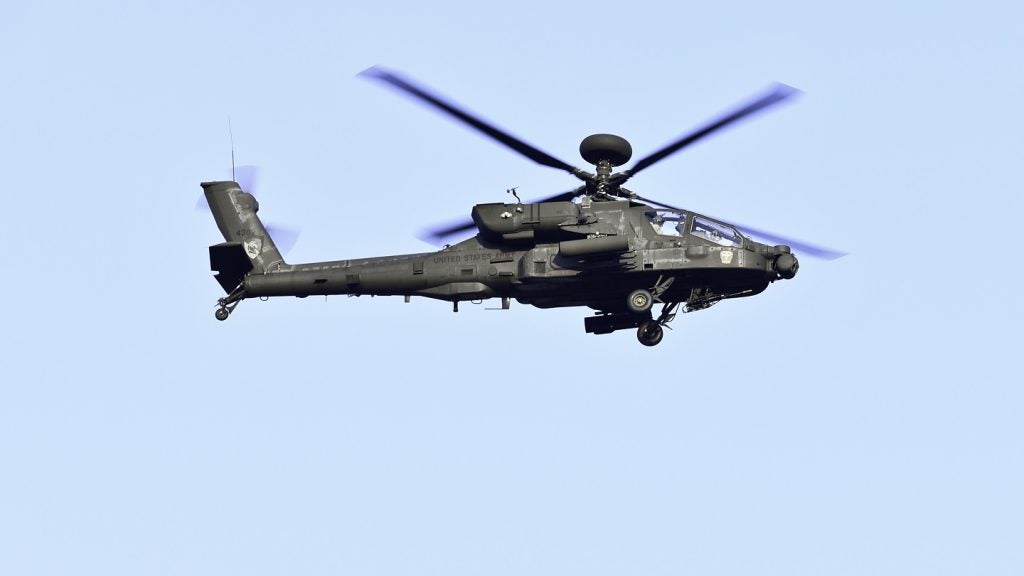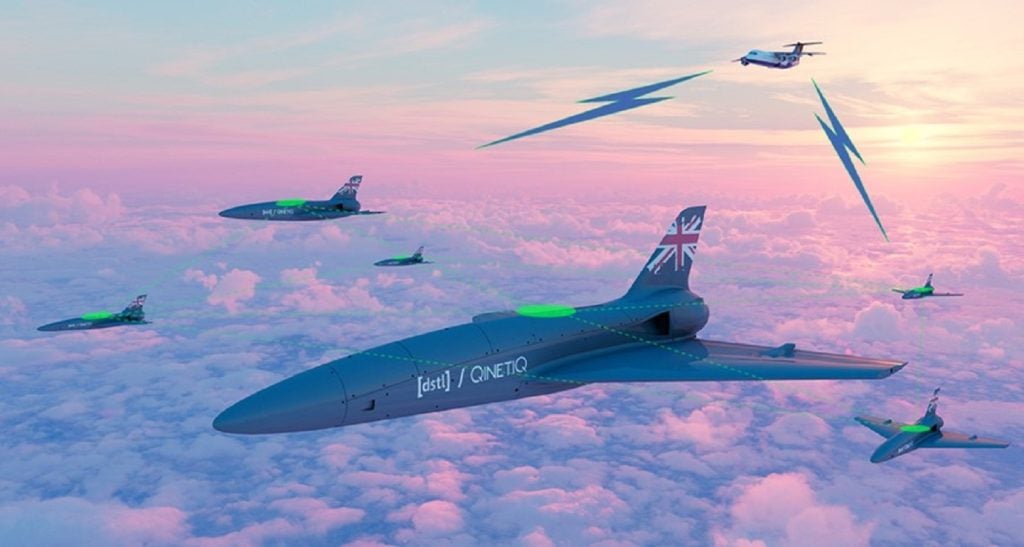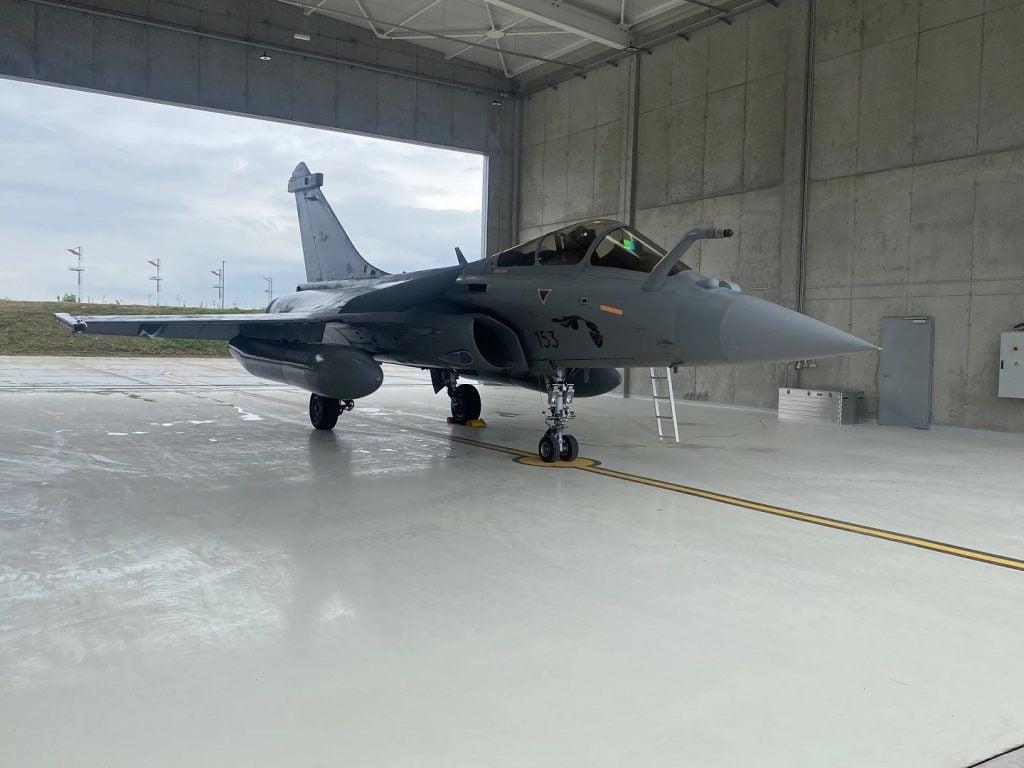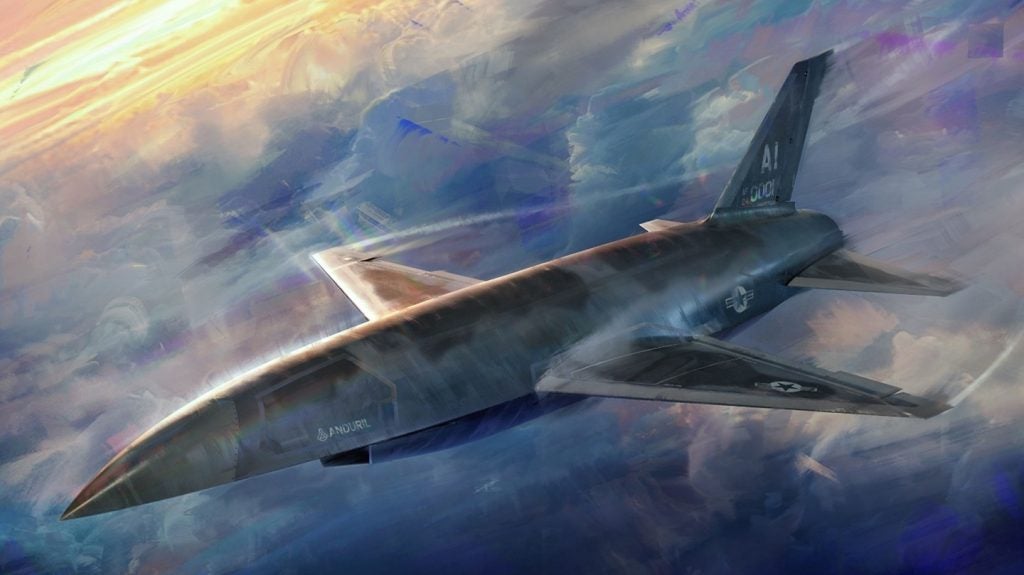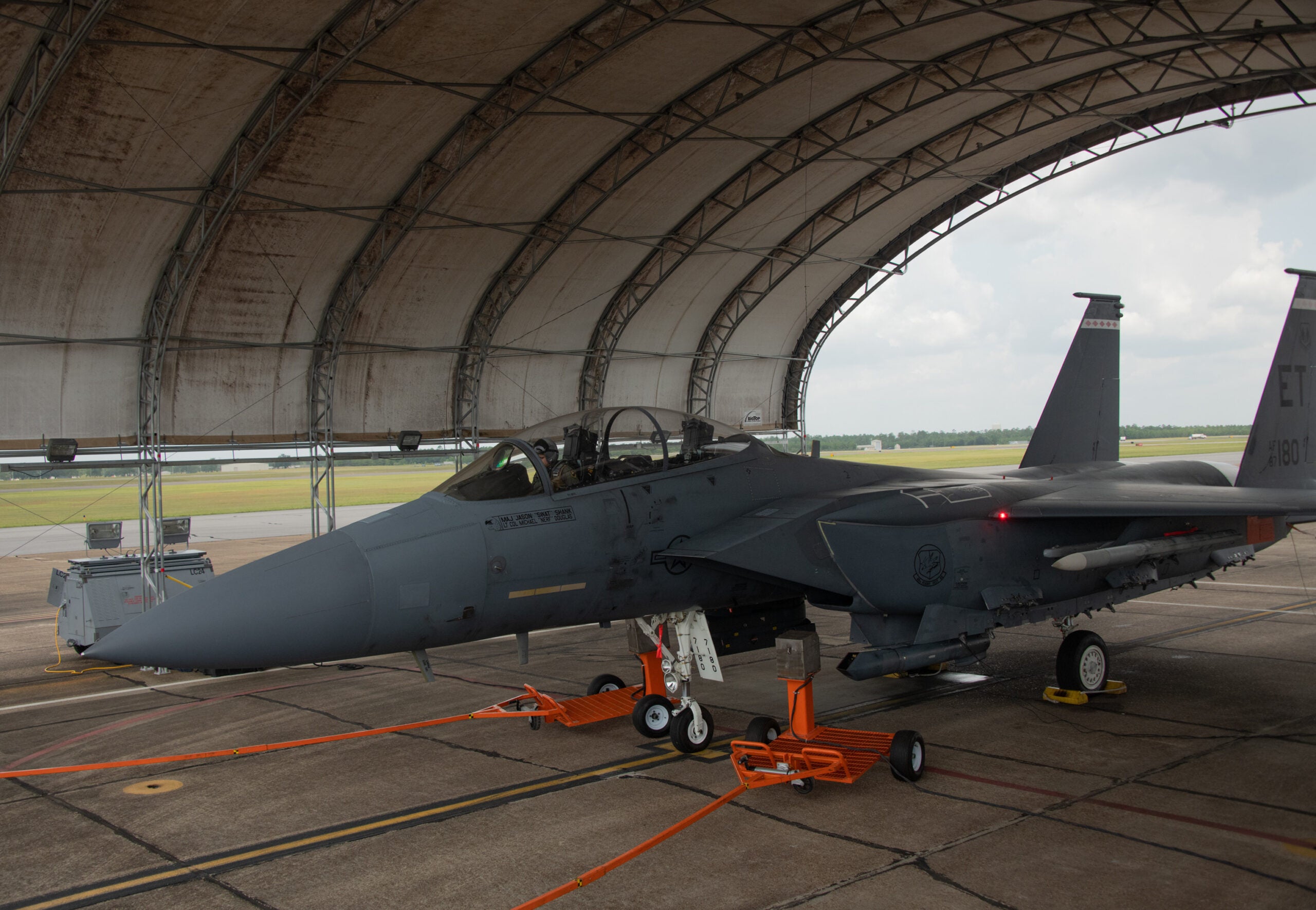
The US Air Force Research Laboratory’s (AFRL) 711th Human Performance Wing (HPW) has conducted the first in-flight vapour purge test in an F-15E aircraft.
It was executed from 16 to 19 August, together with 28th Test and Evaluation Squadron.
The aircrew protection test falls under the US Department of Defense’s (DoD) effort to assess the cockpit’s environmental conditions after a chemical weapon attack.
It is one of the several tests to be performed across the DoD’s various airframe platforms in the coming years.
During the test, the 711 HPW chemical, biological, radiological, and nuclear (CBRN) analysts sprayed liquid methyl salicylate, also called oil of wintergreen, into the idling aircraft prior to taxi.
See Also:
The liquid turned into vapour due to the engine heat and flowed into the aircraft’s cockpit, exposing the aircrew members.
How well do you really know your competitors?
Access the most comprehensive Company Profiles on the market, powered by GlobalData. Save hours of research. Gain competitive edge.

Thank you!
Your download email will arrive shortly
Not ready to buy yet? Download a free sample
We are confident about the unique quality of our Company Profiles. However, we want you to make the most beneficial decision for your business, so we offer a free sample that you can download by submitting the below form
By GlobalDataThe F-15E Strike Eagle aircraft was then purged through an environmental control system, which further enabled the aircrew to remove their chemical/biological protective respirators and ensembles to conclude the mission.
711 HPW senior CBRN analyst William Greer said: “The data helps us understand what goes on inside aircraft when operating after a chemical attack and flying in a contaminated environment.”
“What we learn ultimately helps inform aircraft design teams on opportunities to enhance aircraft environments and better aircrew equipment, enable aircrew to execute their missions more effectively in a chemical threat environment.”
The CBRN analysts from 711 HPW Airman Systems Directorate, Wright-Patterson Air Force Base in Ohio performed the test by supplying test equipment, developing methodology and interpreting results.
The effort also involved contributions from 53rd Wing, 96th Test Wing and Joint Programme Executive Office for CBRN defence.
The latest test was similar to a vapour purge test conducted in 2020, involving the C-130J Super Hercules.



